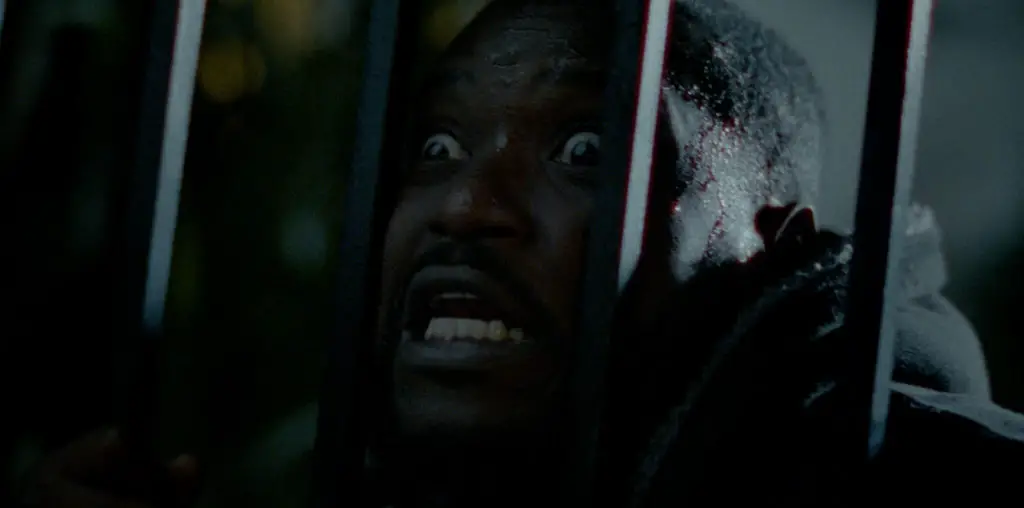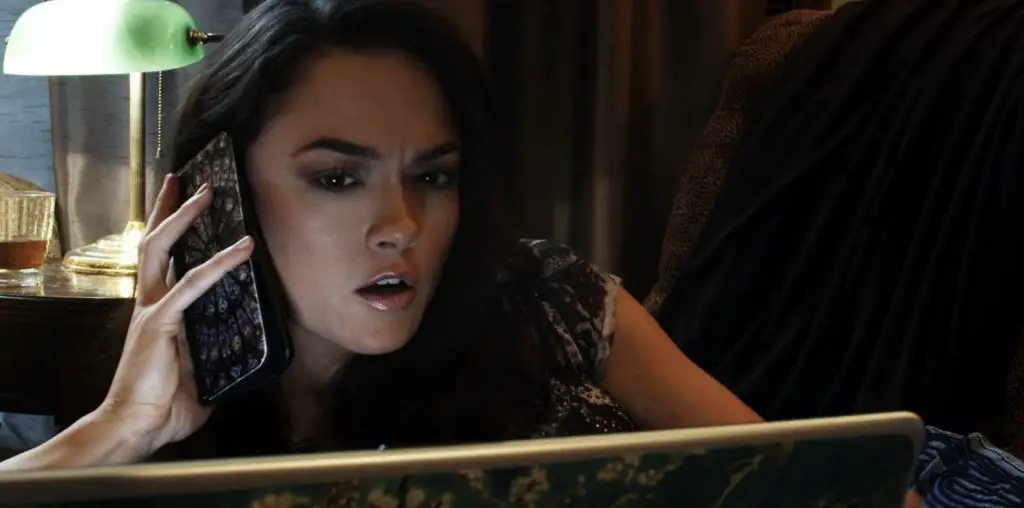
Years ago (at least a couple), in the wee hours of the morning, George Barry was up late browsing the web, until he found himself bleary-eyed at Scarlet Street (the website for Scarlet Street mystery and horror magazine). Sifting through the site in a sleepy hypnotic-monitor-daze, he decided to answer a posting in the discussion forum, which inquired—Have you seen this movie?
“I’ve seen all those crappy movies. Turned out the crappy movie was mine.”
Before the end of the night, Barry had found a review on Lightsfade.com of a film he’d written and directed back in the 70s: “Deathbed—The Bed That Eats”—where horror and romance bounce on drooling demonic bedsprings, tucked inside a fairy tale land of breathing pictures and a maiden’s half-death. After years of no luck in getting the film distributed, he’d given up and moved on with his life, that is, until his discovery (thanks to the Internet) of the existence of a pirated video version of his film having circulated in England, Spain and a few other countries in the early 80s. Barry says that so far, his film has been seen by very few people. But this will change with Cult Epics’ DVD release of “Deathbed,” delivered unrated and uncensored to cult-flick hungry audiences as the ‘Lost Horror Film of the Seventies’. And this film truly is a peculiar delicacy, best savored under the covers.
A young couple walks down a grassy path. The girl hesitates and tells her boyfriend, “I’m afraid.” He comes back with, “What’s a-matter baby?! There’s nothing to be afraid of…Hey, you know I love you.” They find a small stone building and try to figure out how to get past the locked door. On the other side of the door is a room void of furnishings, aside from an enormous four-poster bed and a drawing of the bed on the wall. On the other side of the drawing, crouched in a tight enclosure, is a silent young man whose thoughts we can hear, “If only I could speak beyond my painting to warn them. If only the demon would dream.”
The couple makes it inside and soon end up making love amidst the lush burgundy curtains and covers enveloping the bed. It was a grave mistake. They should have known that in seventies’ horror films, sex always leads to death.
In his early twenties, Barry was a college student struggling with the diagnosis that his academic career was ‘coming to naught.’ He decided to try his hand at shooting a feature film with 16mm color film. His cast and crew (primarily from Metro Detroit with some from Toronto) were paid coffee, cigarettes, and if they were lucky, one to two hundred bucks a week for “Deathbed”‘s initial three-week shoot in 1972.
“I think I had a dream about an engulfing bed. I don’t know if it was carnivorous. What could have set it off? The only thing I could think of was Jean Cocteau’s film ‘Beauty and the Beast.’ The bed—the whole house is alive—the candles, the statues…”
Both inspired by his dream, and attempting to be market savvy, he began to cook-up a script he hoped would satisfy horror-genre consumers of the time. It yawns, it pants, it giggles, it obnoxiously crunches and swallows unsuspecting actors into a bubbling amber brew in a fright-film-worthy over-the-top blood feast, but the bed’s horrific and unyielding appetite is framed within a strange combination of elements and style. He found that the film’s script was coming off more like a fairy tale, because that’s what his dream was like. What Barry ended up with was a comic-erotic horror flick that mystified and scared-off distributors with its intermingling of sensibilities.
Alongside a standard horror set-up — like girls taking a road trip out to an empty house harboring impending doom — an artist witnesses all while trapped inside a picture he drew of his own deathbed. The artist is modeled after the Art Nouveau English artist Aubrey Beardsley who died at 25 of consumption. Barry uses actual Beardsley prints along with haunting Beardsley-esque spin-off drawings — like that of the bed — well executed by the films’ co-producer, art director and set designer Maureen Petrucci. Dave Marsh, who at the time had already started his rock critic career with Creem Magazine, portrays the artist. With his light brown hair, dreamy eyes, and straight, elongated nose, Marsh embodied a classical look reminiscent of a pre-Raphaelite painting, reinforced by a voice-over with a British accent (provided by Patrick Spence-Thomas of Toronto who also mixed the film’s sound). Not only does the artist frame ridiculously gross bed-crunching lunches with an artistic/literary tone, he adds a voyeuristic excitement to the mix. Like a child hiding in the closet watching what he shouldn’t, helpless, frightened and fascinated all at the same time. The tension reaches a pinnacle when Diane (Demene Hall) examines the drawing. In a wonderful surreality shot, only the lines of the drawing separate the soon-to-be victim and the artist like a wrought iron design. She cannot see or hear him, but he, and we, see her perfectly, and we feel just as powerless as the artist.
The artists’ narration also serves as a teasing bridging device, slowly unfolding little mysteries with an irreverent, yet elegant tongue. When he describes the origin of the bed, it’s as if being transported into a Christina Rossetti poem, reeling with a maiden draped in black, reading beside cattails at the waters edge as a seductive demon whirls through her thoughts. It causes a strange romantic sensation next to gobbling acidic baths and lascivious vignettes.
Get the rest of the story in part two of BED APPETIT>>>

